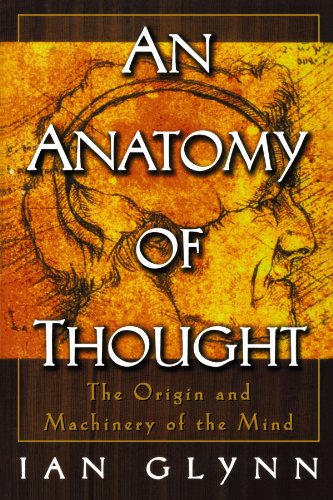Product desciption
Creating Modern Neuroscience The Revolutionary 1950s Shepherd Gm by Shepherd G.m. 9780195391503, 0195391500 instant download after payment.
For modern scientists, history often starts with last week's journals and is regarded as largely a quaint interest compared with the advances of today. However, this book makes the case that, measured by major advances, the greatest decade in the history of brain studies was mid-twentieth century, especially the 1950s. The first to focus on worldwide contributions in this period, the book ranges through dozens of astonishing discoveries at all levels of the brain, from DNA (Watson and Crick), through growth factors (Hamburger and Levi-Montalcini), excitability (Hodgkin and Huxley), synapses (Katz and Eccles), dopamine and Parkinson's (Carlsson), visual processing (Hartline and Kuffler), the cortical column (Mountcastle), reticular activating system (Morruzzi and Magoun) and REM sleep (Aserinsky), to stress (Selye), learning (Hebb) and memory (HM and Milner). The clinical fields are also covered, from Cushing and Penfield, psychosurgery and brain energy metabolism (Kety), to most of the major psychoactive drugs in use today (beginning with Delay and Deniker), and much more. The material has been the basis for a highly successful advanced undergraduate and graduate course at Yale, with the classic papers organized and accessible on the web. There is interest for a wide range of readers, academic, and lay because there is a focus on the creative process itself, on understanding how the combination of unique personalities, innovative hypotheses, and new methods led to the advances. Insight is given into this process through describing the struggles between male and female, student and mentor, academic and private sector, and the roles of chance and persistence. The book thus provides a new multidisciplinary understanding of the revolution that created the modern field of neuroscience and set the bar for judging current and future advances.


